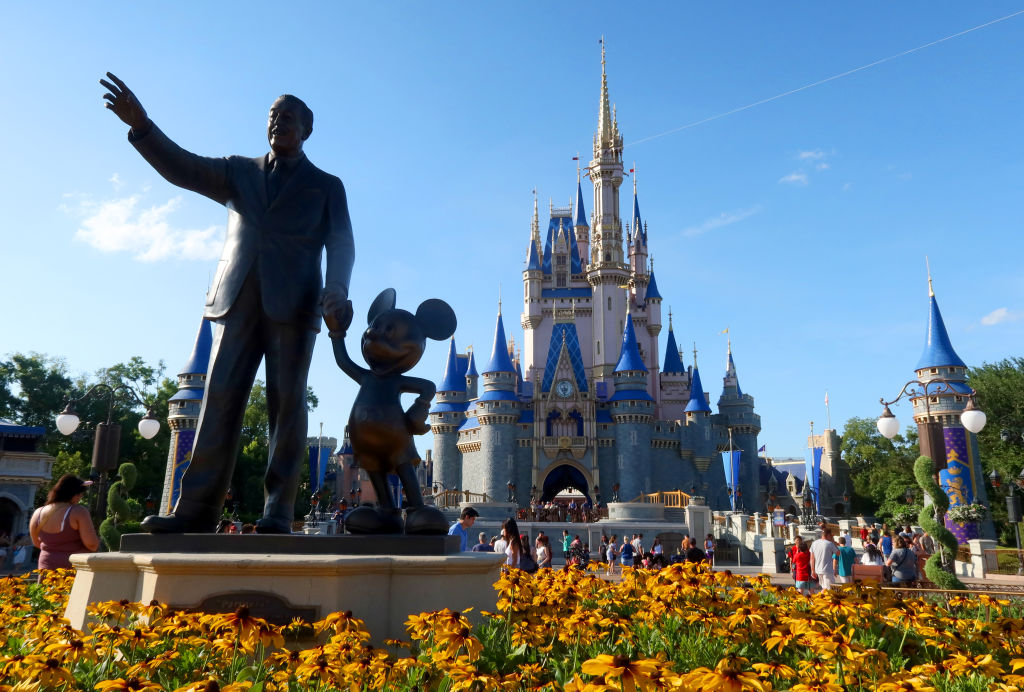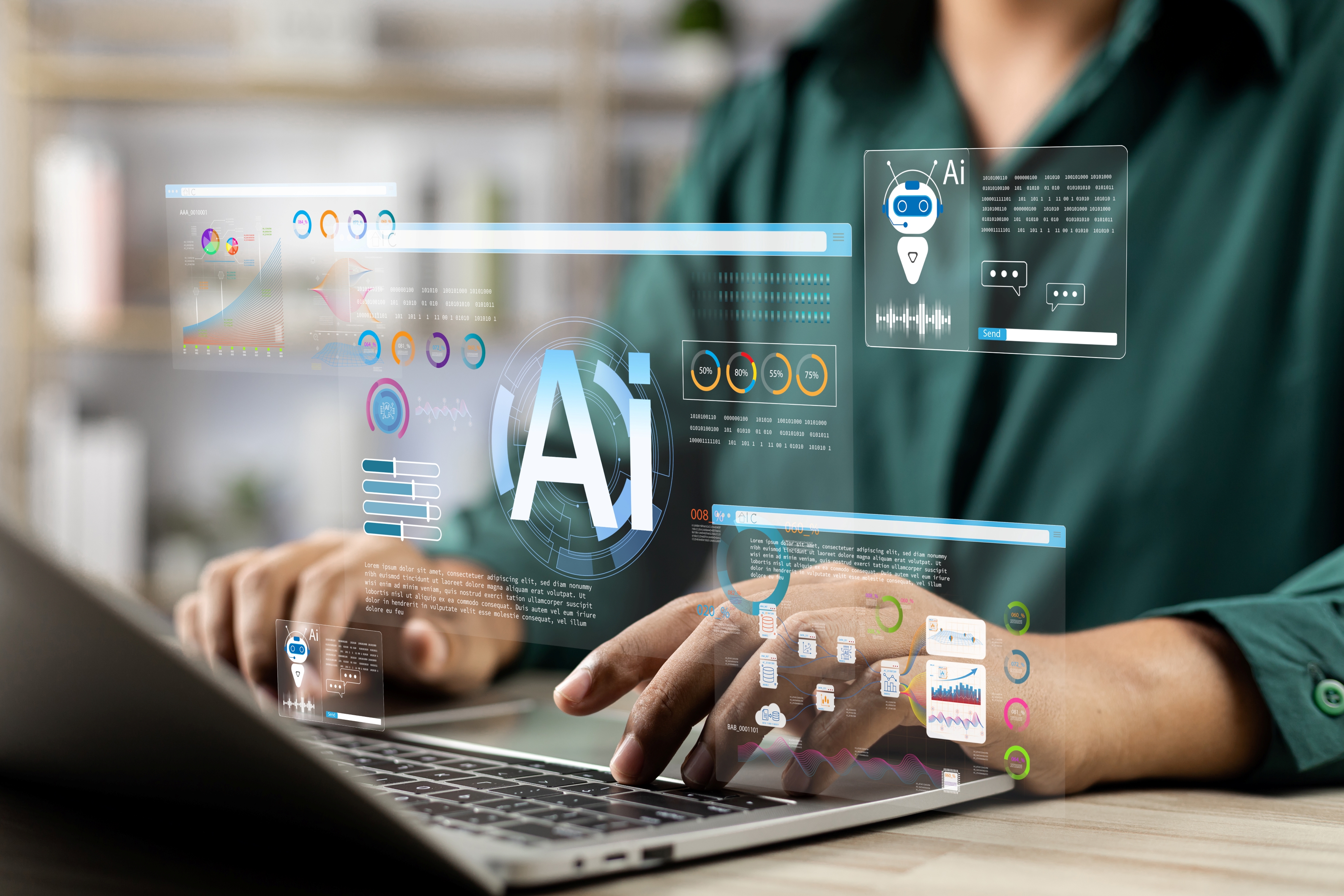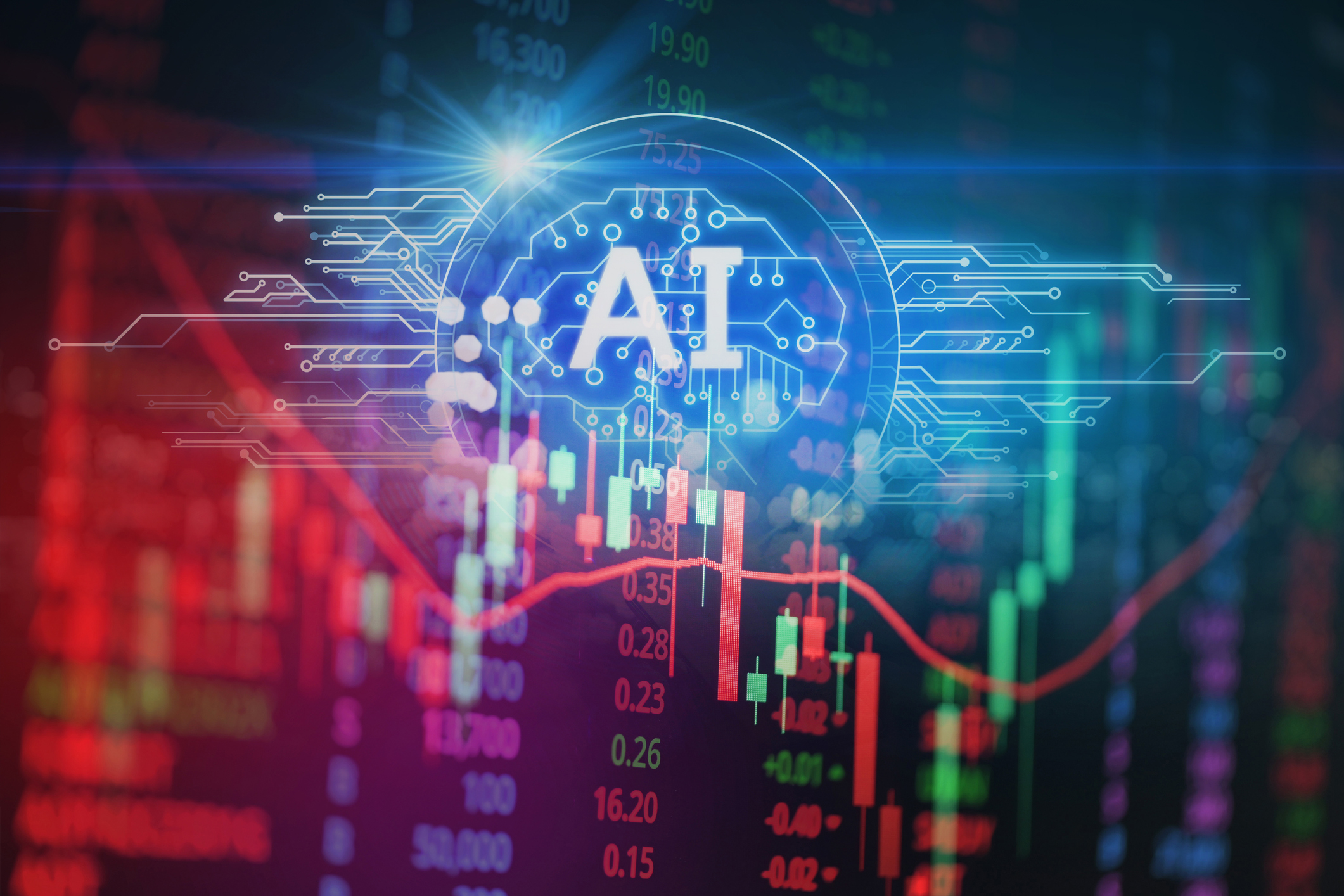As Tensions Rise, U.S. Imports From China Shrink: The Kiplinger Letter
China now accounts for less than 13.5% of American imports.

You hear a lot about “de-China-ization” — the push by U.S. businesses and by Washington, D.C. to rely less on China as tensions with Beijing mount. To help you understand deglobalization, the reversal of global trade’s decades-long surge, and what we expect to happen in the future, our highly experienced Kiplinger Letter team will keep you abreast of the latest developments and forecasts (Get a free issue of The Kiplinger Letter or subscribe). You'll get all the latest news first by subscribing, but we will publish many (but not all) of the forecasts a few days afterward online. Here’s the latest…
Two major factors are driving the shift to depend less on China:
- Tariffs imposed on certain Chinese goods by the Trump administration starting in 2018 and kept in place by the Biden administration.
- The pandemic, which caused a surge in imports of medical gear and consumer goods from China, but also severely crimped supply chains for the many businesses that relied on Chinese goods.
After peaking at 22% of all U.S. imports in 2015 and reaching its top share of global exports, China now accounts for less than 13.5% of American imports from abroad. Global data show that its share of worldwide exports also slipped over that period. As the world exits the pandemic and painful inflation strains consumers everywhere, demand for Chinese-made goods has suffered badly.
From just $107.88 $24.99 for Kiplinger Personal Finance
Become a smarter, better informed investor. Subscribe from just $107.88 $24.99, plus get up to 4 Special Issues

Sign up for Kiplinger’s Free Newsletters
Profit and prosper with the best of expert advice on investing, taxes, retirement, personal finance and more - straight to your e-mail.
Profit and prosper with the best of expert advice - straight to your e-mail.
You can see this move away from China playing out in several U.S. industries, such as electronics where imports from China fell by $25 billion between 2018 and 2022 as imports from the rest of the world soared and domestic output rose by $51 billion. This is also true with manufacturing, as more of it moves to Mexico to serve the U.S. market, along with a recent bump in domestic production, as companies rush to cash in on subsidies for U.S. facilities to make semiconductors and electric car batteries. Apparel production is moving to cheaper, friendlier Southeast Asian nations. There’s also growing momentum to cut off China from U.S. technology.
The White House has built on the Trump-era tariffs by sanctioning Chinese firms working in fields like supercomputing, drones, aerospace and surveillance. Exports of U.S. semiconductors to China are down by more than half, due to export controls.
And yet, there’s no easy way to simply walk away from China. While it’s down from its zenith as a global manufacturing powerhouse, China remains deeply embedded in many global supply chains, including those that make valuable or strategic goods. Some types of Chinese imports are soaring, like electric vehicle batteries: U.S. imports doubled in 2021, doubled again in 2022 and are up 58% in 2023.
Car manufacturers and suppliers are racing to build domestic battery factories. But for now, and likely for a while yet, China will have a powerful cost advantage. And then there are rare earth elements, the specialty materials that are needed for a range of advanced products, from powerful electric motors to fighter jets. China continues to dominate in global rare earth processing, arguably powerful leverage in a high-tech world.
This forecast first appeared in The Kiplinger Letter, which has been running since 1923 and is a collection of concise weekly forecasts on business and economic trends, as well as what to expect from Washington, to help you understand what’s coming up to make the most of your investments and your money. Subscribe to The Kiplinger Letter.
Related Content
- Huawei's Chip Breakthrough Triggers U.S. Scrutiny: The Kiplinger Letter
- Falling Prices in China Could Be a Boon For the U.S.: Kiplinger Economic Forecasts
- China’s Economy Slows, Shows No Clear Signs of Improvement: Kiplinger Economic Forecasts
- Investments In U.S.-Made Drone Technology Are Gaining Strength — The Kiplinger Letter
Profit and prosper with the best of Kiplinger's advice on investing, taxes, retirement, personal finance and much more. Delivered daily. Enter your email in the box and click Sign Me Up.

Rodrigo Sermeño covers the financial services, housing, small business, and cryptocurrency industries for The Kiplinger Letter. Before joining Kiplinger in 2014, he worked for several think tanks and non-profit organizations in Washington, D.C., including the New America Foundation, the Streit Council, and the Arca Foundation. Rodrigo graduated from George Mason University with a bachelor's degree in international affairs. He also holds a master's in public policy from George Mason University's Schar School of Policy and Government.
-
 States That Tax Social Security Benefits in 2026
States That Tax Social Security Benefits in 2026Retirement Tax Not all retirees who live in states that tax Social Security benefits have to pay state income taxes. Will your benefits be taxed?
-
 QUIZ: What Type Of Retirement Spender Are You?
QUIZ: What Type Of Retirement Spender Are You?Quiz What is your retirement spending style? Find out with this quick quiz.
-
 How to Avoid the Financial Quicksand of Early Retirement Losses
How to Avoid the Financial Quicksand of Early Retirement LossesSequence of returns — experiencing losses early on — can quickly deplete your savings, highlighting the need for strategies that prioritize income stability.
-
 Special Report: The Future of American Politics
Special Report: The Future of American PoliticsThe Kiplinger Letter The Political Trends and Challenges that Will Define the Next Decade
-
 Disney’s Risky Acceptance of AI Videos
Disney’s Risky Acceptance of AI VideosThe Kiplinger Letter Disney will let fans run wild with AI-generated videos of its top characters. The move highlights the uneasy partnership between AI companies and Hollywood.
-
 AI Appliances Aren’t Exciting Buyers…Yet
AI Appliances Aren’t Exciting Buyers…YetThe Kiplinger Letter Artificial intelligence is being embedded into all sorts of appliances. Now sellers need to get customers to care about AI-powered laundry.
-
 What to Expect from the Global Economy in 2026
What to Expect from the Global Economy in 2026The Kiplinger Letter Economic growth across the globe will be highly uneven, with some major economies accelerating while others hit the brakes.
-
 The AI Boom Will Lift IT Spending Next Year
The AI Boom Will Lift IT Spending Next YearThe Kiplinger Letter 2026 will be one of strongest years for the IT industry since the PC boom and early days of the Web in the mid-1990s.
-
 Shoppers Hit the Brakes on EV Purchases After Tax Credits Expire
Shoppers Hit the Brakes on EV Purchases After Tax Credits ExpireThe Letter Electric cars are here to stay, but they'll have to compete harder to get shoppers interested without the federal tax credit.
-
 Amid Mounting Uncertainty: Five Forecasts About AI
Amid Mounting Uncertainty: Five Forecasts About AIThe Kiplinger Letter With the risk of overspending on AI data centers hotly debated, here are some forecasts about AI that we can make with some confidence.
-
 Worried About an AI Bubble? Here’s What You Need to Know
Worried About an AI Bubble? Here’s What You Need to KnowThe Kiplinger Letter Though AI is a transformative technology, it’s worth paying attention to the rising economic and financial risks. Here’s some guidance to navigate AI’s future.